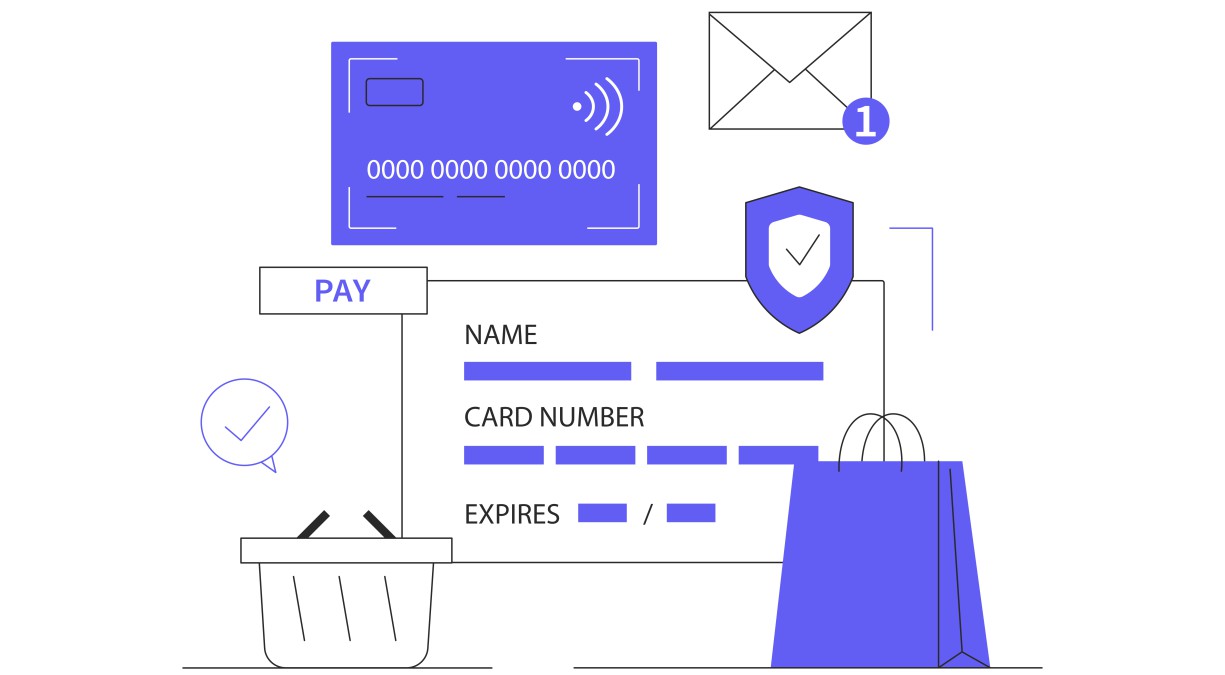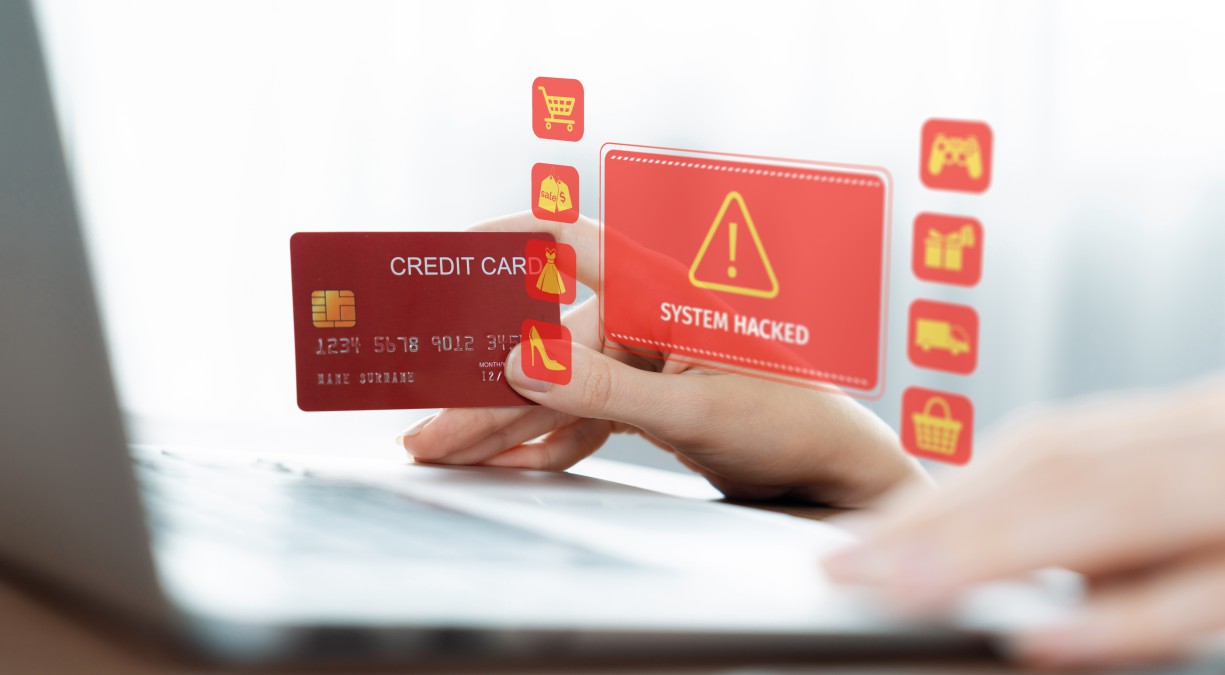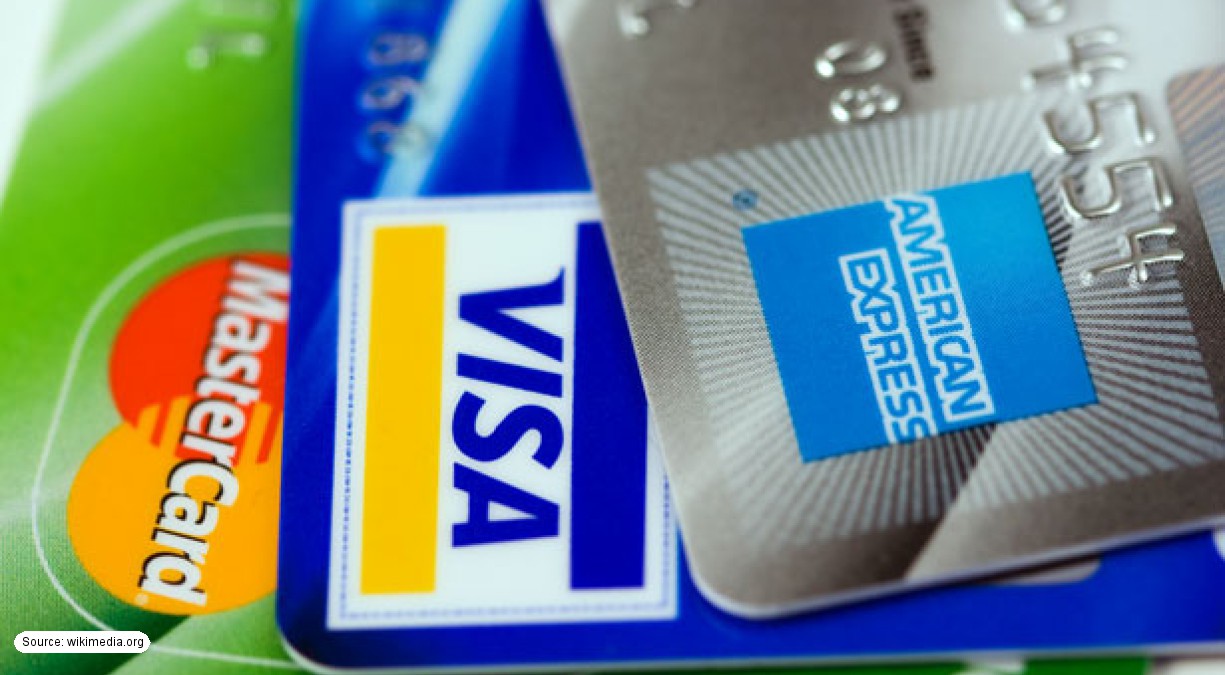What is AVS (Address Verification Service)?
AVS is a fraud-prevention tool that verifies billing addresses in card-not-present transactions to help merchants cut down on chargebacks.
When customers buy online, over the phone, or through mail order, they’re typing in their card information without physically presenting the card – which opens the door for fraudsters with stolen card numbers. AVS compares the billing address they enter against what the bank has on file. If the street number and ZIP code match, you’re probably talking to the real cardholder. Otherwise that transaction should be looked at more closely.
I’ve worked with payment systems for years, and AVS remains one of the most straightforward ways to catch fraud before it turns into a chargeback headache. Some clients have seen their chargeback rates drop substantially after they started paying attention to AVS results. The system sends back response codes (single letters like Y, N, or A) that tell you specifically what matched. From there, you’ll need to set up your own limits for which transactions to accept, reject or review manually. Every business has different risk levels they’re comfortable with.
Most payment processors include it without charging extra, and it runs quietly during checkout. There are limitations – customers move and forget to update their billing address or they’ll enter their shipping ZIP instead of billing. But fraudsters almost never have access to accurate billing addresses even when they’ve stolen card numbers. When merchants pair AVS with CVV checks and monitor for unusual purchasing patterns, they’re building multiple checkpoints that fraudsters have to pass. For routine transactions, partial matches usually work fine. But when someone’s trying to buy $5,000 worth of electronics, those AVS mismatches really matter.
How It Works
Address Verification Service (AVS) kicks in when someone’s checking out – it checks if the billing address they’re typing matches what their bank has.
The customer types in their street number and ZIP code along with their card info. The payment processor bundles everything up and shoots it over to the card issuer’s system. Then the issuer checks if that address matches what’s on file.
A response code comes back in a second or two. A “Y” means that the street address and ZIP code matched up. An “A” tells you the street address is right but something’s off with the ZIP. A “Z” is the opposite – ZIP’s fine, street address isn’t. And “N” means that nothing matched at all. Merchants can cut their chargebacks by roughly a third when they set up their systems to watch these codes.
What you do with these codes is your choice – approve the sale, review it more closely, or just decline it. The whole AVS check happens right during authorization, so by the time the transaction pops up in your dashboard, it’s already done. Most processors let you set up filters to manage different results automatically. Maybe full matches go through right away. But partial matches get held for manual review.
AVS works great for US, UK, and Canadian cards. But it’s useless for most international transactions. Someone buying from Europe or Asia will trigger an “unavailable” response since those countries manage address verification differently – or don’t do it at all. That’s why I always tell merchants to layer AVS with other tools like CVV checks, velocity filters, and IP location tracking. You need multiple angles to catch fraud.
How it Affects Chargeback Prevention
Card networks actually give you a break on interchange fees if you set up AVS correctly – we’re talking about 0.1% off every transaction. That might sound small. But merchants processing hundreds of orders a day find those pennies add up pretty fast.
Based on client data, AVS setup tends to block somewhere between 30-60% of fraudulent card-not-present attempts. Those are rough numbers. But they’re consistent with typical results.
AVS isn’t foolproof. If somebody gets hold of a card and the victim’s address (maybe it’s a family member or they’ve been going through mail), they can work around it. But in my experience, that’s not how most fraud happens. Usually fraudsters grab card numbers from big data breaches or skimming devices, and they don’t have the matching billing address. When they guess wrong on something as basic as the street number, AVS catches it. That saves you from shipping product you’ll never get paid for, not to mention the chargeback headaches.
What’s interesting is that the fee reductions you get from the card networks pay for the whole AVS setup over time and you get fraud protection on top of that.
Example Scenarios
B2B transactions get complex in their own way. I’ve seen corporate cards that should qualify for Level III processing rates – we’re talking lower fees, sometimes a drop of almost a full percentage point. The businesses that work with us usually save thousands each month when they manage it right. But it’s finicky – the billing address and ZIP code have to line up perfectly. One character off in an address can bump a transaction right back to standard rates, and on those bigger invoices, it hurts.
For borderline cases, manual reviews are usually recommended. Most merchants let partial AVS matches on $50 orders go through. But when that same response shows up on a $5,000 order, that’s where you want a person to take a second look. Merchants can set up different methods based on their comfort level. Some like to call customers directly when they see address mismatches on big orders – it only takes a few minutes and has saved them from some nasty chargebacks. Others ask for extra verification when new customers place orders above $1,000.
The security strategy depends on what you’re selling and who you’re selling to. A client who sells $10,000 watches obviously needs much stricter controls than another running a SaaS platform with $99 monthly subscriptions. What works for one would be overkill (or dangerously loose) for the other.
Requirements & Timeframes
AVS isn’t technically necessary. Card networks and acquirers will hit you with higher interchange rates if you skip it though – downgrades that tack on 0.5% to 1% extra per transaction. Process $100K monthly and that’s another $500-1,000 going out the door.
When a customer places an order, AVS checks their billing address right then – your processor compares it with what the card issuer has after a day or two. The processor takes care of most of it and adjusts a few gateway settings and everything’s set.
AVS only works in a handful of countries. The US, Canada, UK, Australia, and New Zealand – those are where you’ll get results. The system just returns “unavailable” otherwise. Merchants tank 30% of their international sales because they don’t know their AVS settings are blocking legitimate foreign cards.
B2B transactions need more attention. You have to capture tax IDs, PO numbers, cost center codes – all that administrative information. Each card brand wants something slightly different and the laws change based on transaction type. Your processor should talk about what’s needed for your particular situation.
AVS is helpful but it’s not the whole answer. Some international sales will get blocked – that’s just how it goes. But if it prevents even 1% of chargebacks, you’re probably coming out ahead. Just make sure to run other fraud tools with it.
Frequently Asked Questions
Does AVS work for international transactions?
The system mainly supports five countries - US, Canada, UK, Australia, and New Zealand. Outside these regions, you'll see "unavailable" messages instead of verification results. That's not an error - it's just AVS admitting it can't help with that particular transaction.
International sales can be pretty tricky for businesses. I worked with a company that was blocking orders left and right from legitimate European customers. They had no idea why their German orders kept failing until we dug into their AVS settings. It turns out they were treating every "unavailable" response as possible fraud. That's thousands of euros walking away because of a misunderstood system limitation.
You can't depend on AVS as your only fraud check for international orders. If you receive orders from Germany or Japan - AVS gives you nothing to work with. The standard strategy adds other checks like watching for customers who place multiple orders in quick succession, IP location verification, or fraud detection tools.
Some payment processors are pretty sharp about this and automatically loosen their fraud settings for international transactions. But don't assume yours does - it's worth checking. Businesses usually only figure this out after they've already turned away legitimate customers. A customer in France with a valid credit card gets rejected just because their address can't be verified through a system that was never designed to verify French addresses.
What makes more sense is to create separate settings based on where orders come from. Maybe you need extra verification from countries known for higher fraud rates. But whatever you do, don't just auto-reject everything AVS can't verify.
What happens if a real customer's address doesn't match?
Too many businesses lose loyal customers over address mismatches. When a customer enters their old zip code out of habit but everything else checks out, that's probably not fraud - it's just a person on autopilot. Your system should flag these for review instead of rejecting them immediately to save you tons of legitimate sales.
One strategy that's worked well is putting a small reminder near the payment fields - something about entering the exact address from their credit card statement. Also consider adding an "I recently moved" option that sends orders to manual review. Small changes, yet they've made a difference in keeping honest customers from becoming frustrated.
Your fraud settings depend on what you're selling. Expensive electronics shipments need tight controls. Coffee mugs or band merch can handle looser settings. After tracking how many legitimate orders were being turned away - it turned out about 5% of legitimate purchases were getting rejected.
Revenue went up once the settings were adjusted without any real increase in chargebacks. Most businesses seem to land around 2-3% false declines as their comfort zone.
Can fraudsters bypass AVS?
I've been in payments long enough to see merchants put way too much faith in AVS matches. Just because a customer has the correct billing address doesn't mean much anymore. There are cases where fraud artists have purchased entire identity profiles (we're talking everything from addresses to social security numbers) for maybe twenty dollars online. Of course, they passed the standard verification.
Where AVS actually helps is when you layer it with other checks. You're looking at how fast customers place orders, what device they use, and how they browse your site. AVS by itself might stop fraudsters who're just typing in random addresses - that's maybe a quarter of fraud attempts based on industry data.
But if you really want to keep chargebacks down, you need AVS to work with risk scoring and some adaptive system that learns from your particular customer patterns. Maybe add manual reviews for orders that don't look right. Every payment processor does this differently, and what works depends on your business. Some retailers are fine with chargebacks around 2% while subscription services start worrying if they go above half a percent - their processors get nervous at those levels.
How do AVS response codes affect my chargeback defense?
I've watched decent merchants lose disputes they should have won, all because they didn't run AVS checks. When card networks review these cases, they're checking if you bothered with basic fraud prevention. Without AVS documentation, you've given up before the fight starts.
Let's say that you have a customer who uses a stolen card number - they aren't going to know where the real cardholder gets their credit card bills. That's why you need to require and document AVS matches. Every dispute you lose means that you'll pay back the full transaction amount, and another $15-25 in fees. Some processors charge even more. Ten disputes monthly could mean that you'll bleed $2,000 or more.
AVS feels like one more administrative hassle. The setup isn't the most exciting work. But after you've taken care of a few disputes, you'll be happy you have that documentation ready. Most payment gateways let you turn this on quickly - usually just a couple settings to adjust. Once you activate AVS, the system automatically compares billing addresses against what the card issuer has on file.
 Call (844) NO-DISPUTES
Call (844) NO-DISPUTES


